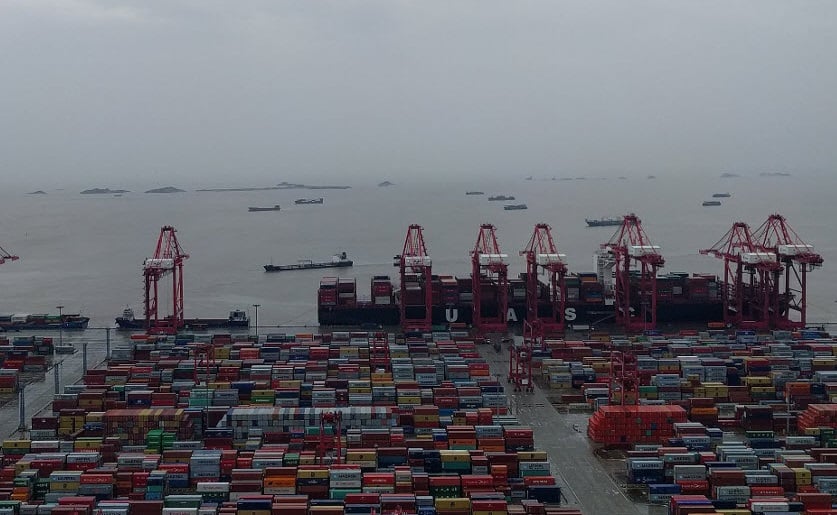Progress Reported on California-China Green Shipping Corridor

U.S. and Chinese officials are reporting that good progress has been made in the early phases for the launch of the first green shipping corridor on the Pacific. The sponsors of the project highlighted the progress during a conference in Shanghai while China’s Ministry of Transport also outlined steps it will be taking to expand green shipping.
The concept for the corridor followed an agreement at the UN’s global climate conference in Scotland (COP26 in 2021). Designed as a demonstration for the industry, the effort which is being facilitated by C40 Cities, a global network of nearly 100 mayors, calls for the launch of green shipping between the ports of Shanghai, Los Angeles, and Long Beach. It would be the first long-distance effort and would bring decarbonization to one of the busiest shipping routes in the world.
The effort presented its second annual report at the 2025 North Bund Forum in Shanghai. They reported during 2024 the effort has seen the expansion of the shore power infrastructure at the three ports. Shanghai, Los Angeles, and Long Beach have now reached 100 percent capability with the necessary power infrastructure. The California ports completed their installation as part of the state’s mandated efforts to reduce emissions while vessels are on dock.
Shanghai has also completed the development of its green methanol bunkering operation. It supplied more than 47,000 tons of green methanol and realized China’s first linkage for domestically produced green methanol. The California ports have also begun the development of their methanol bunkering infrastructure. The Ports of Los Angeles and Long Beach have also commissioned a Clean Fuels Study.
The potential for shipping on the route using methanol was demonstrated by Maersk in August 2024. The company brought its fourth 16,000 TEU dual-fuel methanol containership, Alette Maersk, for a special naming ceremony. The vessel is normally deployed between Asia and Europe.
The working groups for the effort are continuing to work on elements including the emerging fuel standards and studies on fuel supply and demand. They continue to work toward the goal of demonstrating the feasibility of deploying zero lifecycle carbon emission containerships by 2030.
Chinese officials reported that they are building on the initiative calling for joint efforts to create a more efficient and greener shipping ecosystem. They outlined seven additional measures. This includes expanding green shipping corridors in phases, accelerating the development of green and low-carbon vessels, developing (near) zero-carbon ports, enhancing green fuel supply capacity, leveraging government-market collaboration, sharing best practices, and supporting innovation.
China said that major ports, including Shanghai and Ningbo-Zhoushan, have accelerated the development of the green fuel supply infrastructure. They also reported the establishment of another green corridor with an agreement between Qingdao Port and the Port of Hamburg, Germany.
